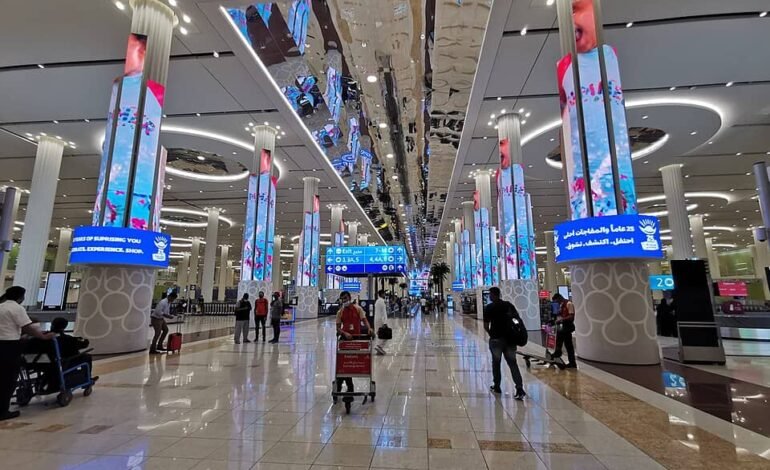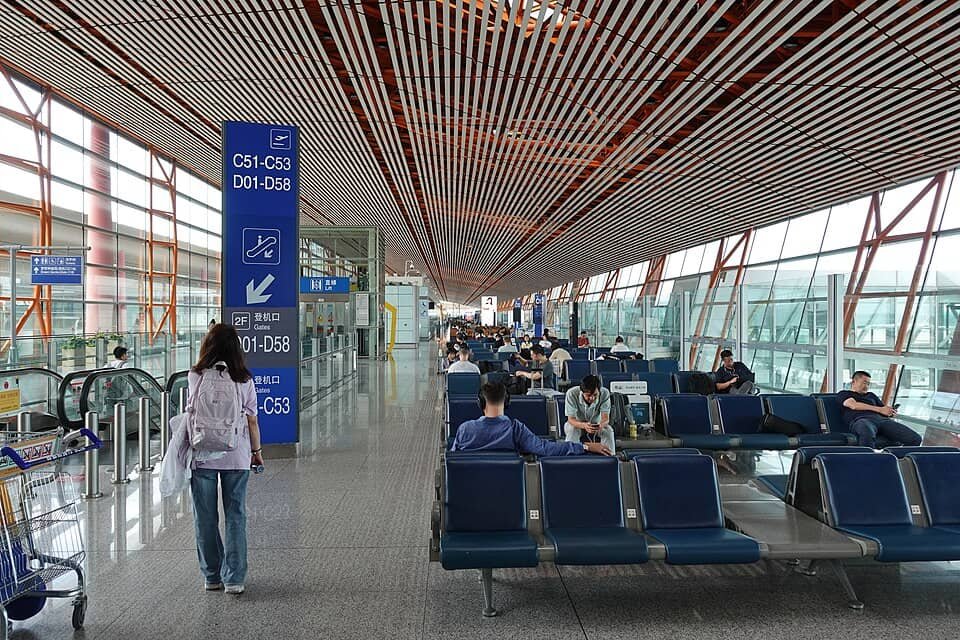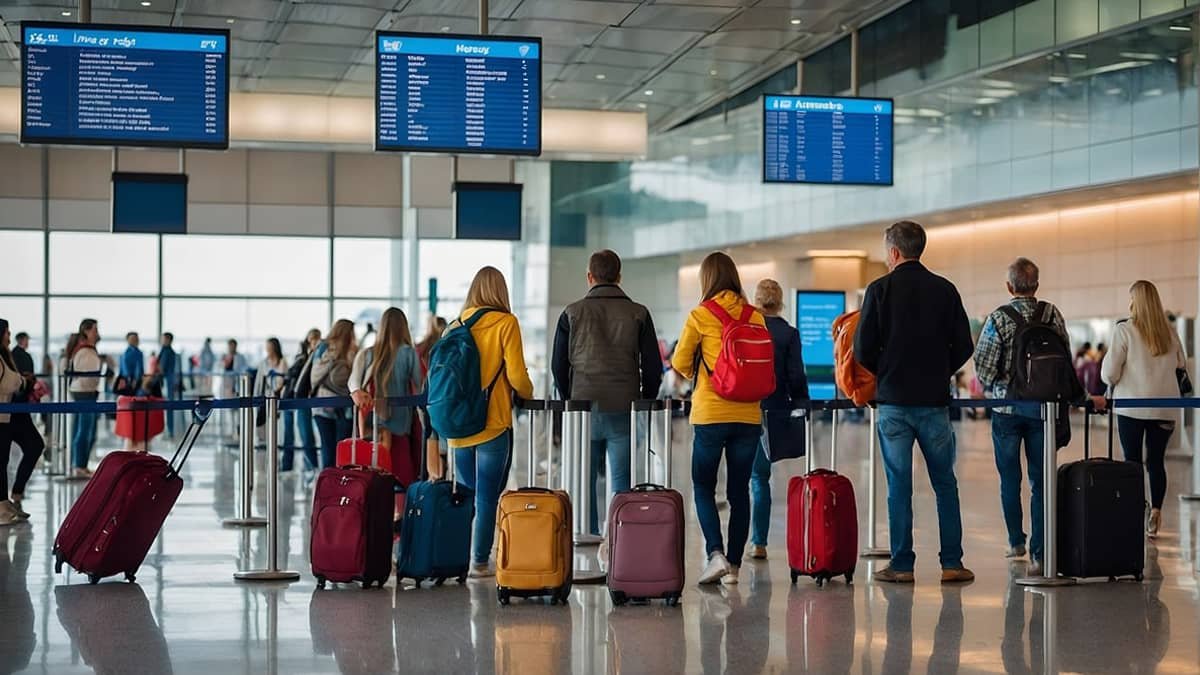Top 10 Busiest Airports in Asia: A Comprehensive Overview

Asia, a continent renowned for its rapid economic growth and burgeoning tourism industry, is home to some of the world’s busiest airports. These bustling hubs reflect the region’s dynamic connectivity, economic vitality, and increasing demand for air travel. In this article, we explore the top 10 busiest airports in Asia, ranked by their annual passenger traffic based on the latest available data from 2024, sourced from Airports Council International (ACI) and other reputable aviation authorities. Alongside the numbers, we’ll dive into what makes each airport unique, offering a blend of facts, figures, and fascinating insights.
1. Dubai International Airport (DXB) – Dubai, United Arab Emirates
Passenger Traffic (2024): 92.3 million
Dubai International Airport reigns as Asia’s busiest airport, a title it has held since 2023. Located in the Middle East, DXB is a global transit hub, connecting Europe, Asia, and Africa. Emirates Airlines’ extensive network drives its traffic, while its luxurious amenities—like high-end shopping and gourmet dining—elevate the passenger experience. Spanning over 7,200 hectares, it’s a marvel of modern aviation.
2. Beijing Capital International Airport (PEK) – Beijing, China
Passenger Traffic (2024): 95.8 million (peak in 2019, adjusted post-pandemic)
Once the world’s busiest, Beijing Capital remains a titan in Asia. As a primary hub for Air China, it boasts three terminals and seamless connectivity via the Airport Express rail line. Its proximity to Beijing’s political and cultural heart keeps it bustling, even as newer airports like Beijing Daxing share the load.
3. Tokyo Haneda Airport (HND) – Tokyo, Japan
Passenger Traffic (2024): 85.9 million
Tokyo Haneda stands out for its efficiency and central location, just 14 kilometers from downtown Tokyo. Primarily a domestic powerhouse, it’s expanded its international reach, supported by Japan’s thriving tourism sector. With short walking distances and swift transfers, it’s a model of passenger convenience.
4. Shanghai Pudong International Airport (PVG) – Shanghai, China
Passenger Traffic (2024): 77.8 million
Shanghai Pudong has soared in the rankings, thanks to China’s relaxed visa policies and post-pandemic travel boom. A hub for China Eastern Airlines, its futuristic design and vast connectivity make it East Asia’s gateway to the world. It’s a testament to Shanghai’s rise as a global metropolis.
5. Guangzhou Baiyun International Airport (CAN) – Guangzhou, China
Passenger Traffic (2024): 73.4 million
Serving southern China’s economic powerhouse, the Pearl River Delta, Guangzhou Baiyun is a key hub for China Southern Airlines. Its growth mirrors the region’s industrial and trade dominance. Modern and expansive, it handles a mix of domestic and international travelers with ease.

6. Indira Gandhi International Airport (DEL) – New Delhi, India
Passenger Traffic (2024): 77.8 million
India’s busiest airport, Delhi’s Indira Gandhi International, reflects the country’s booming aviation market. Fueled by a growing middle class and increased travel demand, it has surpassed pre-pandemic levels. Its sprawling terminals and role as a capital gateway cement its status.
7. Singapore Changi Airport (SIN) – Singapore
Passenger Traffic (2024): 67.1 million
Changi Airport is a Southeast Asian jewel, famed for its world-class facilities—think sleep pods, spas, and the Jewel Changi Rain Vortex. A transit hub for long-haul flights, it’s a passenger favorite and a vital cog in Singapore’s role as a global city-state.
8. Hong Kong International Airport (HKG) – Hong Kong
Passenger Traffic (2024): 52.9 million
Hong Kong International has bounced back from pandemic lows with a 40% capacity increase in 2024. Beyond passengers, it’s a cargo giant, leveraging its strategic location. Its sleek design and connectivity keep it a regional heavyweight despite past challenges.
9. Seoul Incheon International Airport (ICN) – Seoul, South Korea
Passenger Traffic (2024): 70.7 million
Incheon is a standout for its top-tier facilities and passenger satisfaction. A hub for Korean Air and Asiana Airlines, it bridges Asia with the globe. South Korea’s economic clout and K-pop-driven tourism fuel its steady rise in the rankings.
10. Kuala Lumpur International Airport (KUL) – Kuala Lumpur, Malaysia
Passenger Traffic (2024): 41.9 million
Rounding out the list, Kuala Lumpur International is Malaysia’s aviation cornerstone. Home to Malaysia Airlines, it thrives on Southeast Asia’s tourism and business travel. Its dual-terminal setup caters to both budget and premium flyers, showcasing versatility.
Conclusion
The top 10 busiest airports in Asia are more than just transit points—they’re engines of economic growth, cultural exchange, and technological innovation. From Dubai’s luxury to Tokyo’s efficiency, each offers a unique lens into the continent’s aviation landscape. As Asia’s influence grows, these hubs will likely see even more traffic, shaping the future of global air travel. Whether you’re a frequent flyer or an aviation enthusiast, these airports are worth watching—and perhaps visiting—on your next journey.
Image Credits- Dubai Airport








